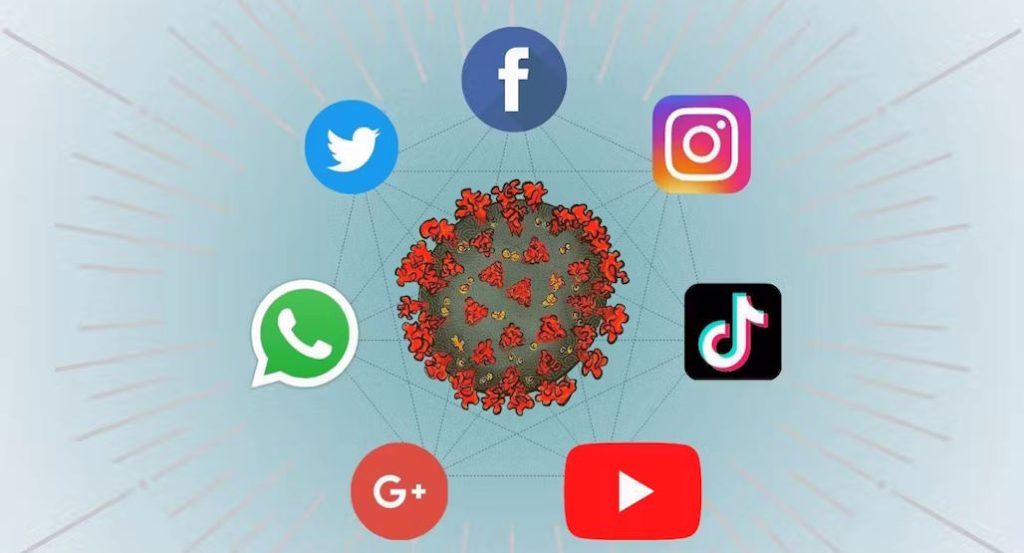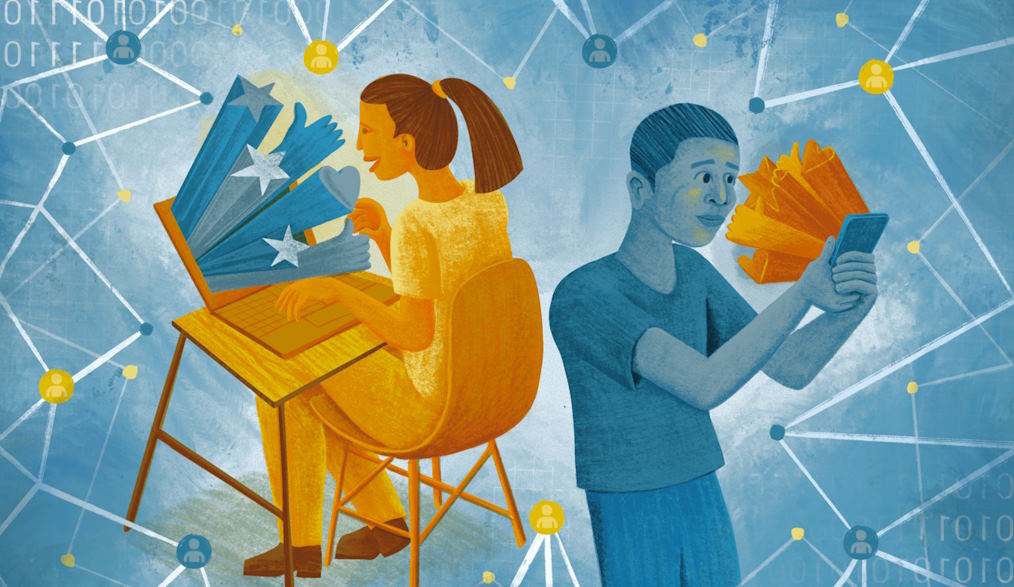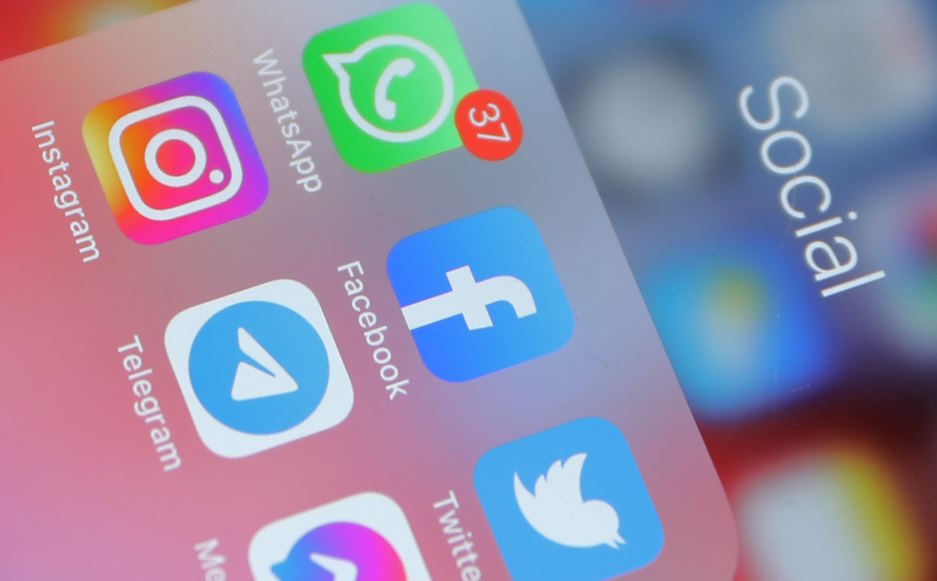
In the face of a global pandemic that has profoundly affected communities worldwide, the significance of collective efforts to combat COVID-19 cannot be overstated. From frontline healthcare workers battling the virus to volunteers assisting vulnerable populations, the spirit of solidarity and compassion has been unparalleled. At the heart of these endeavors lies the crucial role of donations, offering essential resources and support to those in need. Amidst this unprecedented crisis, social media has emerged as a powerful catalyst, seamlessly connecting people, organizations, and communities with the common goal of amplifying COVID-19 donation efforts.
The Power of Social Media in Raising Awareness
The widespread use and influence of social media platforms have transformed the way we communicate and interact in the digital age. With billions of active users across various platforms, including Facebook, Twitter, Instagram, and TikTok, social media has become an integral part of modern society. Its pervasive nature has enabled information to travel faster and reach a larger audience than ever before. During the COVID-19 pandemic, social media proved its immense potential as a tool for connecting people globally and fostering a sense of collective responsibility in the fight against the virus.
Social media’s role in disseminating vital information about COVID-19 and donation needs cannot be understated. Health organizations, governments, and nonprofits leveraged these platforms to share accurate and timely updates on virus transmission, safety protocols, and urgent medical requirements. Users also played a significant part in raising awareness by sharing personal experiences, impactful stories, and calls to action. This virtual space became a hub for knowledge-sharing, empowering individuals to stay informed and engage in meaningful discussions about the pandemic’s impact on vulnerable communities.
Numerous successful donation campaigns owe their triumph to the far-reaching influence of social media. For instance, the “PPE for Heroes” campaign garnered significant attention on Twitter, inspiring people worldwide to donate personal protective equipment to healthcare workers on the frontlines. Additionally, crowdfunding platforms, amplified through Facebook and Instagram, facilitated grassroots initiatives to provide essential supplies and financial aid to those affected by the pandemic. The Ice Bucket Challenge, although not directly related to COVID-19, exemplifies how viral challenges can ignite a wave of donations and philanthropy through the power of social media.

Mobilizing Communities through Social Media
Social media’s innate ability to connect individuals from diverse backgrounds has been instrumental in creating communities and networks dedicated to COVID-19 relief efforts. Platforms like Facebook groups, Reddit forums, and Twitter hashtags have become virtual gathering spaces for like-minded individuals eager to make a difference. These online communities share valuable information, exchange resources, and coordinate relief initiatives, making it easier for individuals to find avenues to contribute. In this digital landscape, the barriers of geography are broken, allowing people from across the globe to unite under a common cause, harnessing collective strength to address the challenges posed by the pandemic.
The involvement of influencers, celebrities, and organizations in leveraging their social media platforms to encourage donations has added tremendous momentum to COVID-19 relief campaigns. High-profile figures with vast followings have the unique ability to amplify messages, significantly increasing the reach and impact of donation drives. By using their influence to spread awareness and call for action, these individuals and entities have inspired countless others to contribute to the cause. From hosting virtual fundraising events to participating in donation challenges, their active involvement on social media has been a driving force in mobilizing communities and fostering a sense of solidarity and empathy among their followers.

Facilitating Seamless Donations
Social media platforms have stepped up to the plate during the COVID-19 pandemic by integrating donation features that make the process of contributing to relief efforts more accessible and efficient than ever before. These platforms recognized the urgent need to support those affected by the pandemic and have collaborated with reputable organizations to implement secure and user-friendly donation tools. With just a few clicks, users can donate directly through their social media accounts, eliminating the need to navigate external websites or donation portals. This seamless integration has drastically simplified the donation process, encouraging more people to participate and contribute to the cause.
The benefits of streamlined donation processes on social media have been two-fold, significantly impacting overall contribution levels. Firstly, the convenience of making a donation within the social media platform itself has eliminated barriers that might have deterred potential donors, such as complex checkout processes or concerns about the legitimacy of external websites. As a result, a larger number of people have been inclined to make donations, boosting the overall impact of these relief efforts. Secondly, the real-time sharing of donation campaigns and contributions on social media has created a sense of transparency and trust among users. Seeing friends, family, and influencers actively participating and donating has fostered a culture of giving, driving even more individuals to contribute to the cause.

